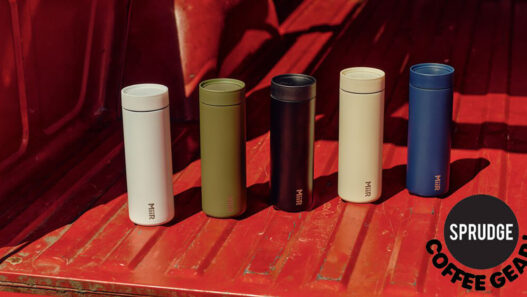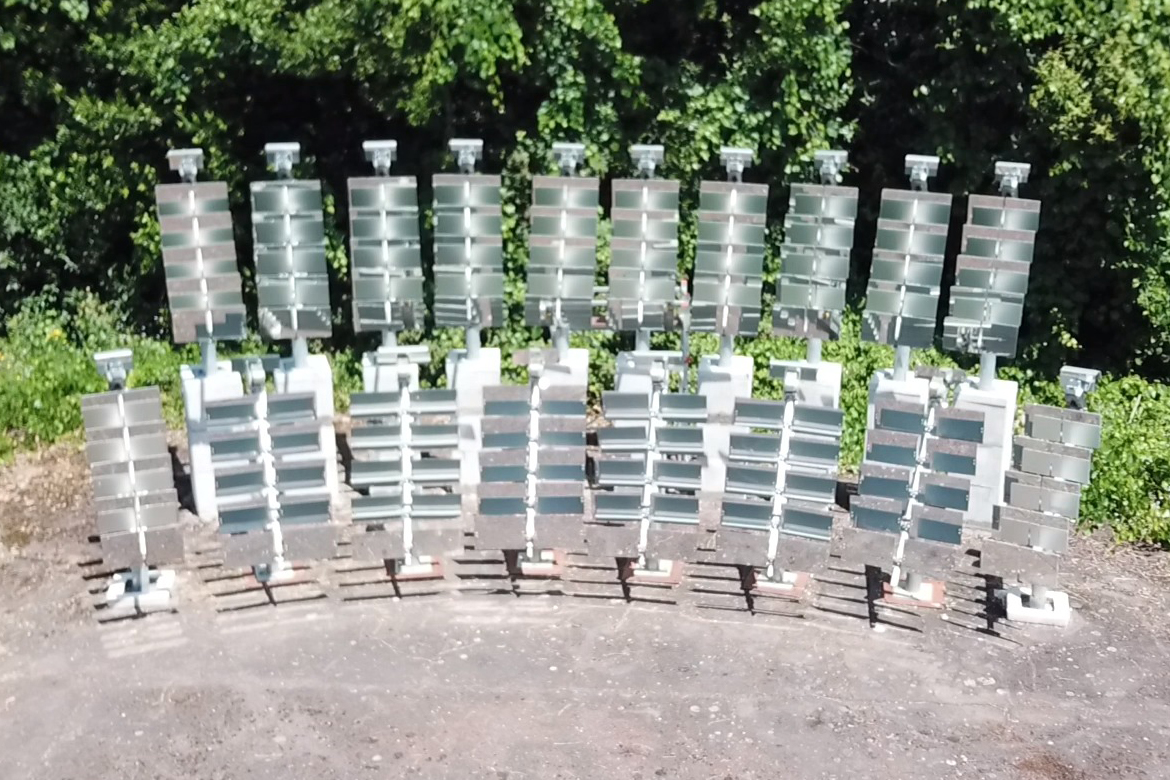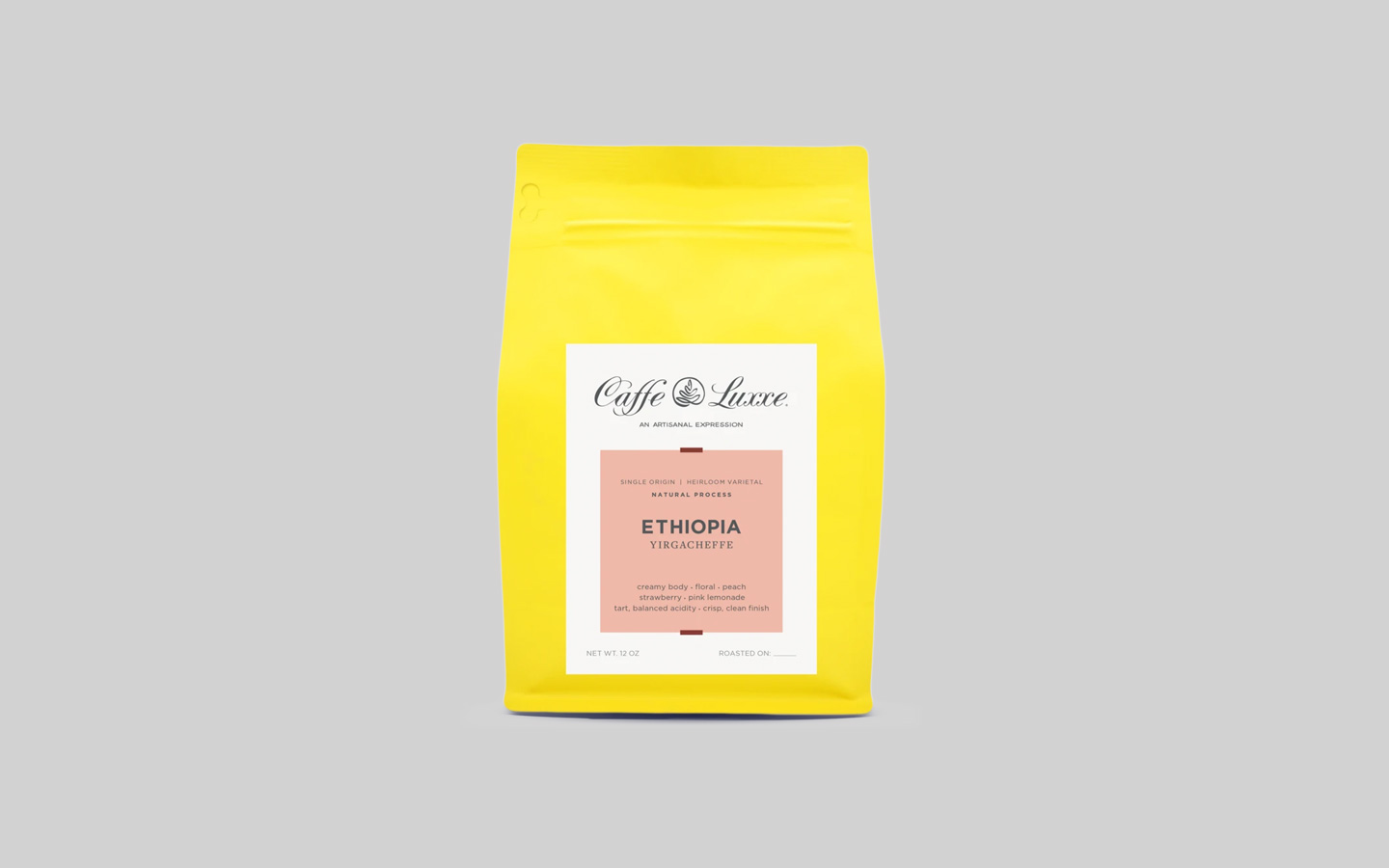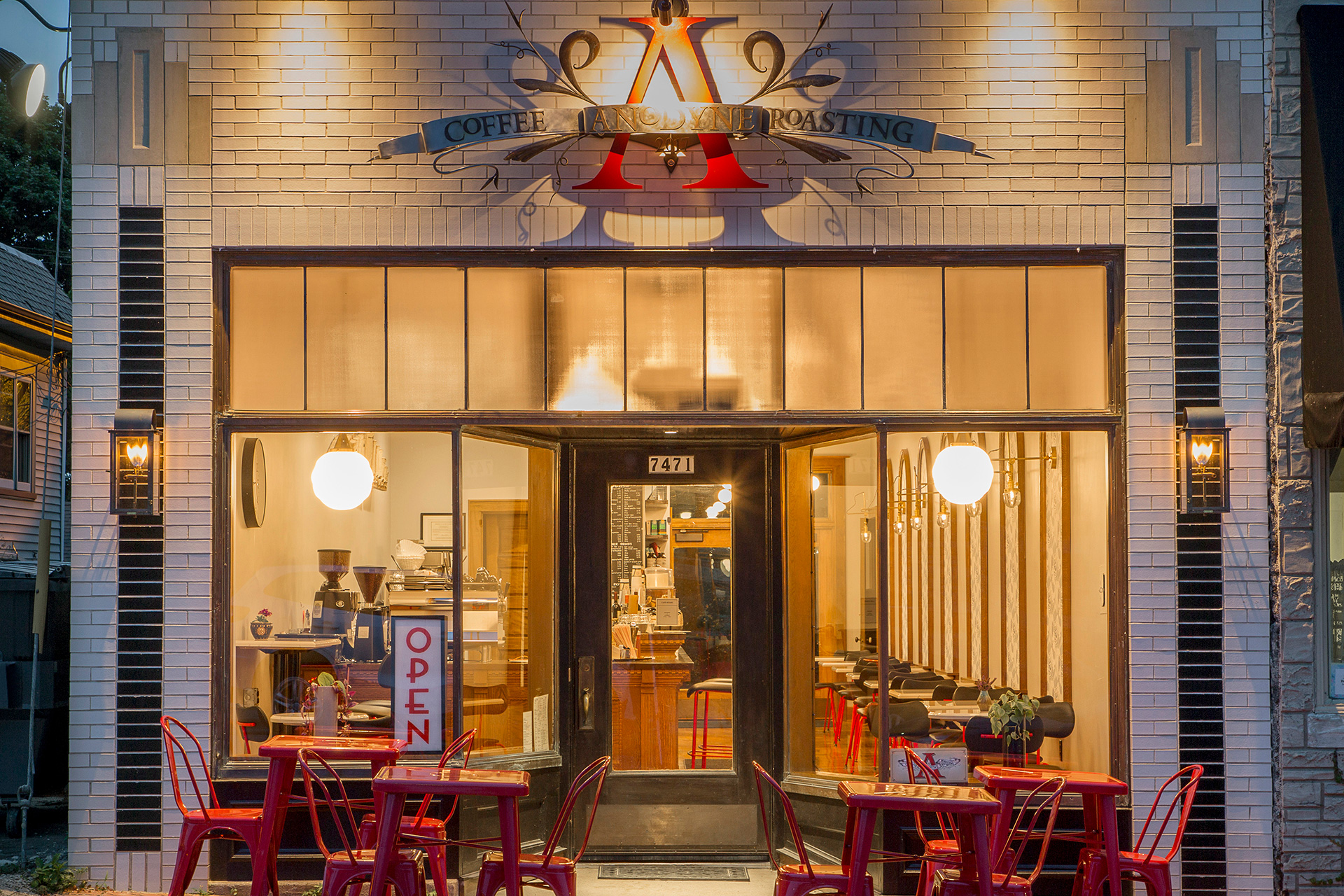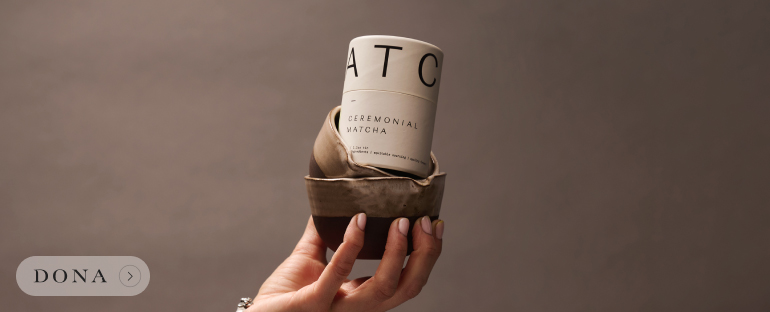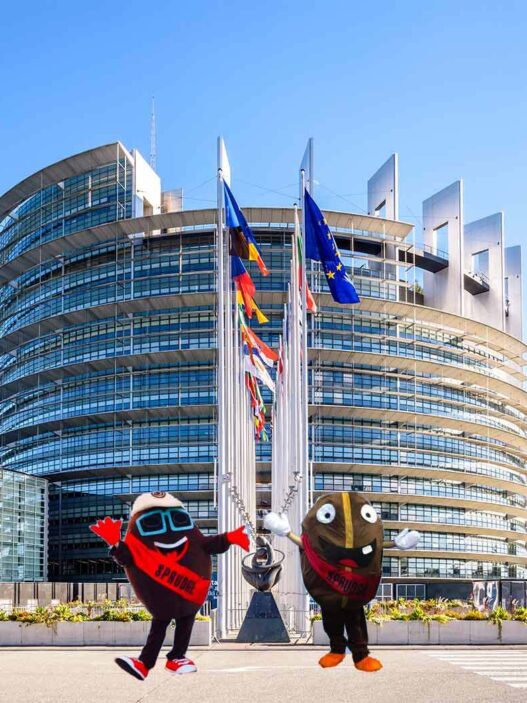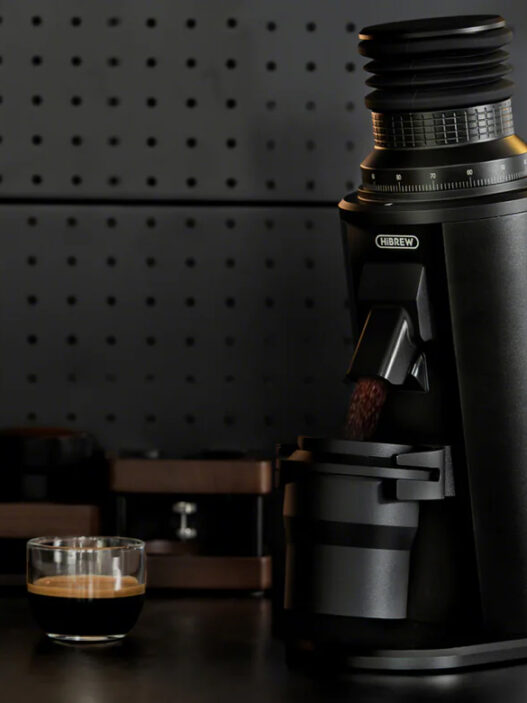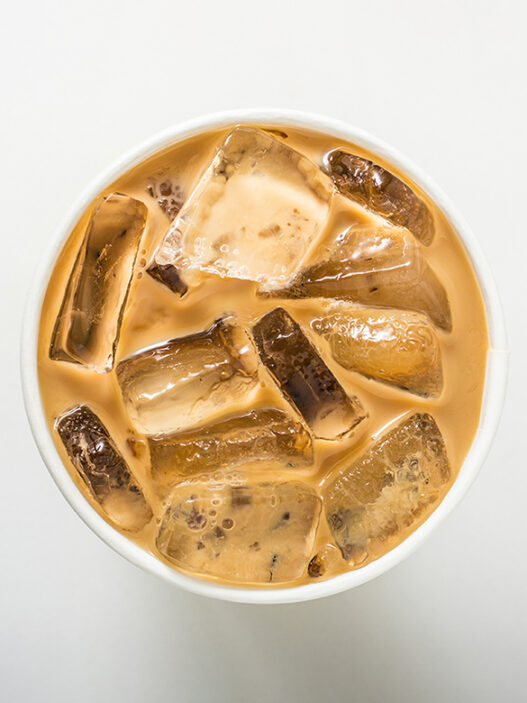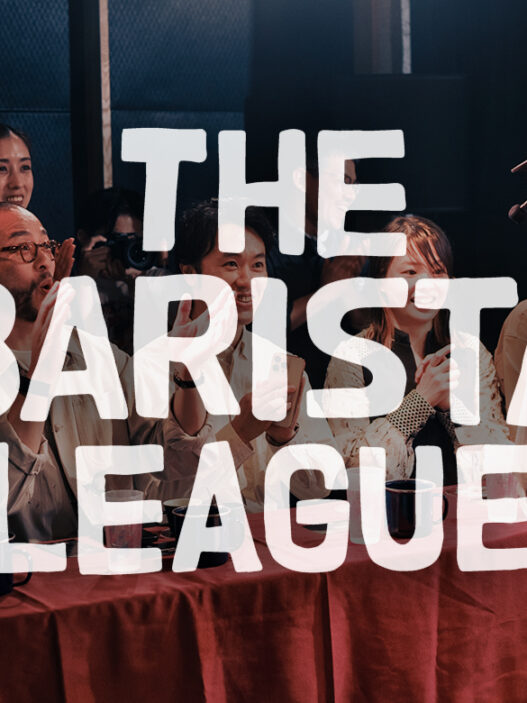Roasters in the specialty coffee world have long looked for ways to minimize their ecological impact. Even as far back as five years ago, we’ve seen companies like Colectivo power their roastery and cafes with renewable energy and Wonderstate (nee Kickapoo) gets all their electric energy for their roasting facility from an 80-panel solar grid housed on-site. But now, a group of Italian engineers have figured out a way to skip the middleman, and instead of turning solar energy into electrical power, they roast their coffee directly from the sun’s rays.
As reported by EuroNews, Italian tech company PuroSole has created an ecologically friendly coffee roasting system that uses mirrors to concentrate heat from the sun on a rotating coffee drum. The roaster took six years to design and requires no outside power to run.
Per the PuroSole website, in order to roast coffee in a timeframe between five and 20 minutes, the intensity of the sunlight must be between “2 to 8 Megalux,” which is roughly 25 to 100 times the intensity of the sun on a clear day. To achieve this, PuroSole uses mirrors roughly the size of the roasting capsule as part of devices called concentration heliostats—”motorized instruments that automatically change the inclination of the mirrors according to the change in the position of the sun”—to keep the sun’s beam focused on the roasting drum. The energy needed to move the heliostats to track the movement of the sun is self-created using the solar energy it takes in.
Look at it go.
And while the heliostats need to be outdoors in order to reflect the sun’s rays, the roasting drum can be inside, with the light being reflected to a glass opening in the structure.
Per PuroSole, “roasting by irradiation with sunlight” is capable of producing more uniformity and even development throughout the roasted bean because this method harnesses “electromagnetic energy of the light emanating from the sun.” Unlike traditional roasters, which heat the drum (sometimes scorching the bean) that heats the air that heats the bean, this method directly heats the coffee itself. And using direct sunlight instead of gas and electricity can have a significant environmental impact. From PuroSole:
Suffice it to say that every 1000 kg of coffee roasted with the sun, the more than 200 cubic meters of methane of classic roasting must not be burned, thus avoiding the production and release into the atmosphere of over 400 kg of CO2.
Of course, there are drawbacks. For one, you have to rely on the sun; making a roasting schedule would require knowing weather patterns. And if it’s cloudy and rainy for a week? Well, tough luck (and I guess the Nordic countries just don’t get coffee in the winter). Then there’s an issue of space. Roasters would have to have an empty plot of outdoor land capable of housing 25-100 heliostats.
So maybe the roasting with the sun’s rays isn’t quite ready for adoption by a production coffee roaster with even a moderate output. But it’s a cool idea and one that is certainly worth exploring in hopes of reducing coffee’s environmental impact. Honestly, I’m here for it. Why should sun tea get to have all the fun? It’s sun coffee’s time.
Zac Cadwalader is the managing editor at Sprudge Media Network and a staff writer based in Dallas. Read more Zac Cadwalader on Sprudge.






